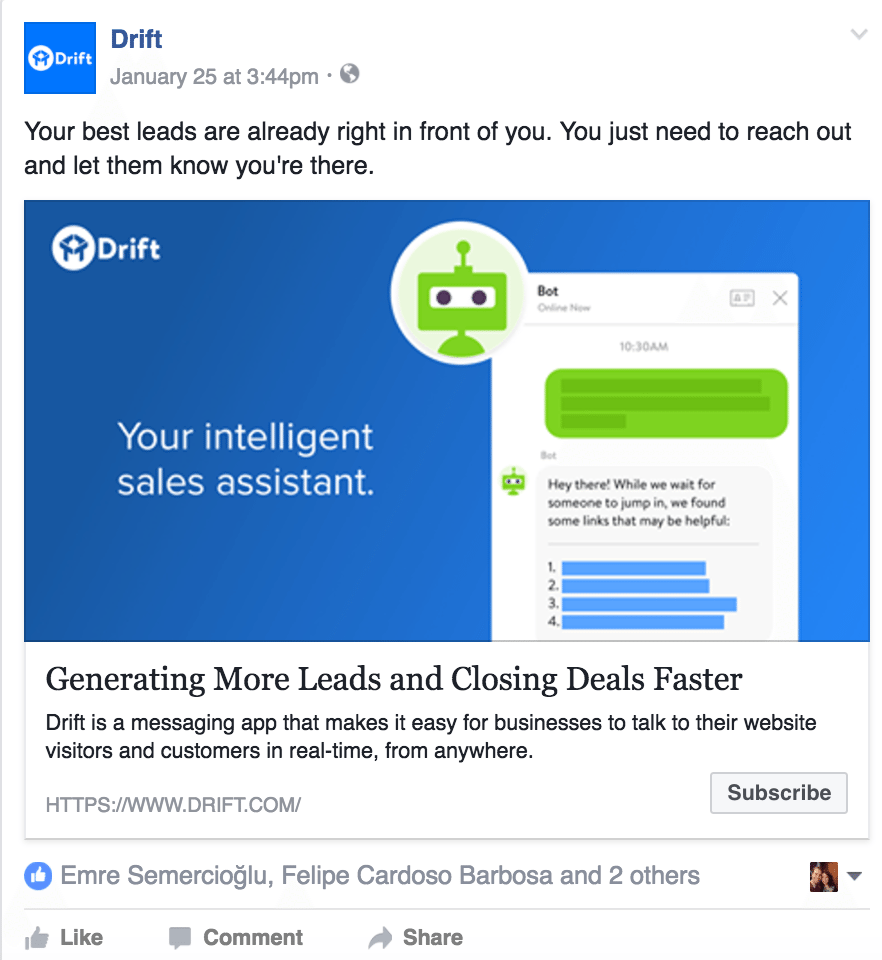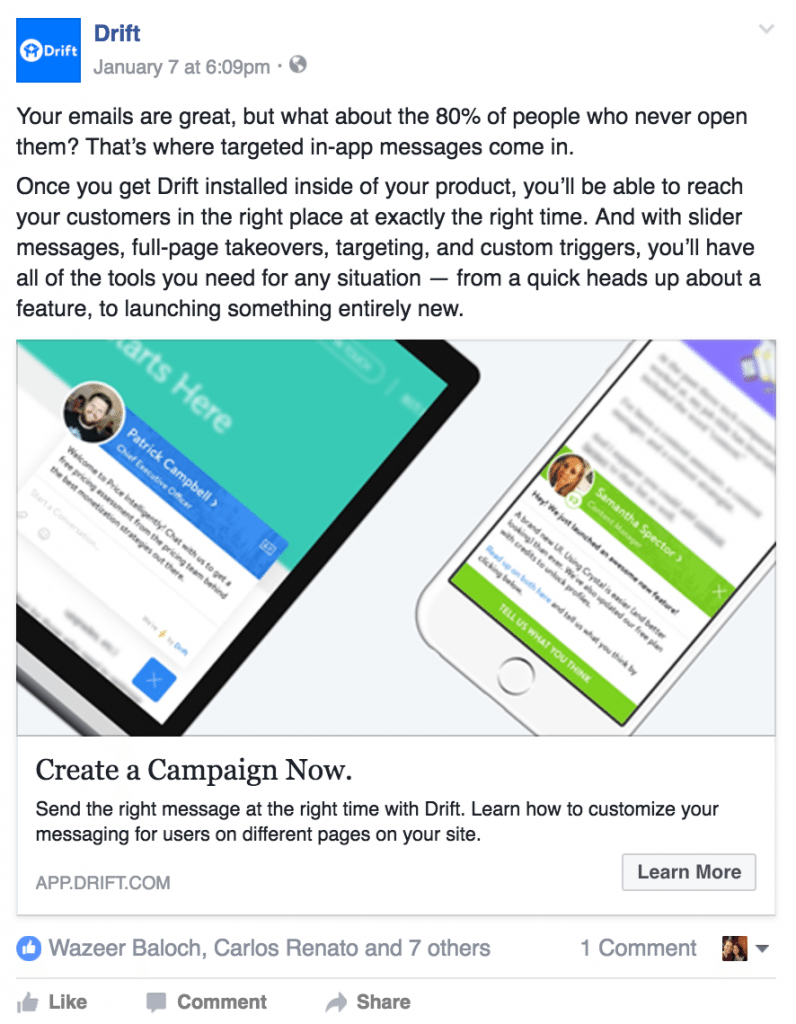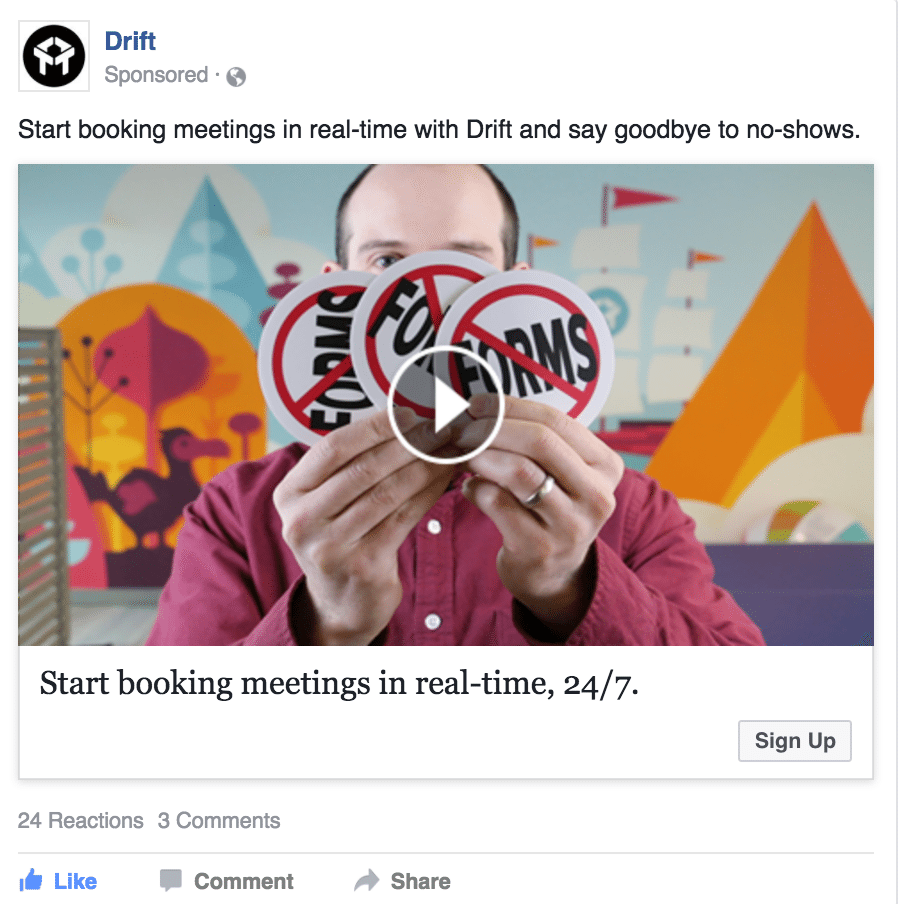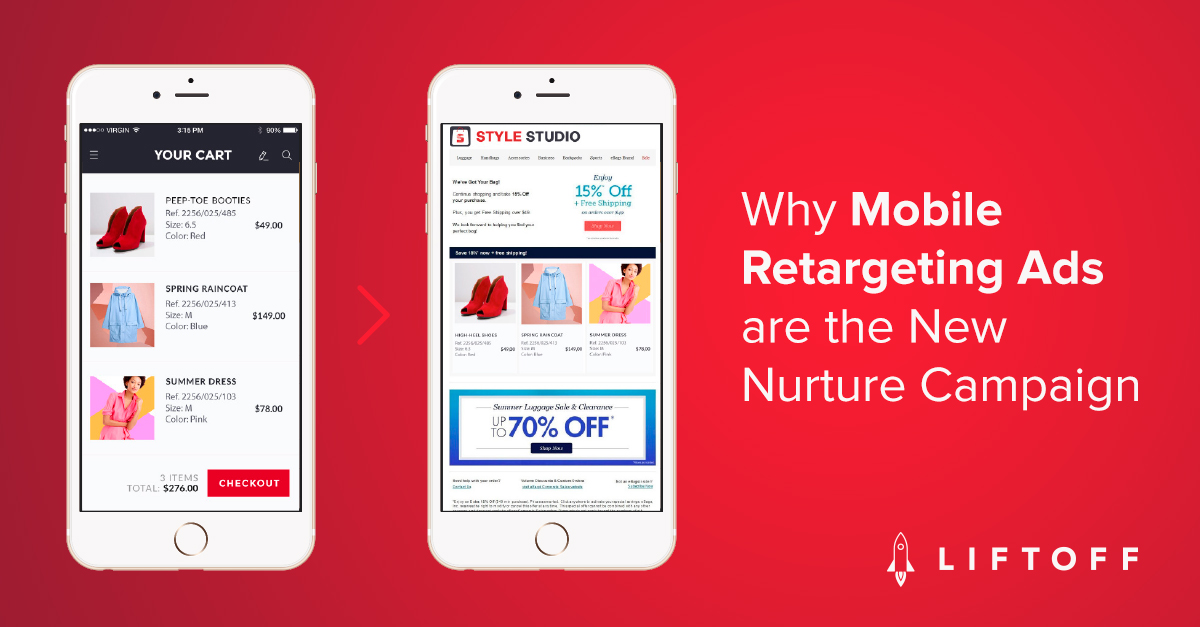 Guest Blog: Colette Nataf is the CEO and Co-Founder at Lightning AI. Previously, Colette was a User Acquisition Manager at MileIQ. After the company was acquired by Microsoft, she managed the Demand Generation team at Intercom. Colette, is now helping marketers scale their businesses through Facebook, Google AdWords, and other channels.
Guest Blog: Colette Nataf is the CEO and Co-Founder at Lightning AI. Previously, Colette was a User Acquisition Manager at MileIQ. After the company was acquired by Microsoft, she managed the Demand Generation team at Intercom. Colette, is now helping marketers scale their businesses through Facebook, Google AdWords, and other channels.
Mobile marketers can learn a lot from tried and true strategies of email marketers. A common tactic is to send onboarding nurture emails to users of a new product or service. The disadvantage which email marketers experience is that there is nearly always a segment of people who don’t open emails, therefore not seeing the information you sent.
On the other hand, people are always going to see your mobile ads. They have to scroll past them on Facebook or watch a video to keep playing a game. 100% of the people who you serve an ad to are going to see it.
Email isn’t enough anymore. We need to start using a coordinated strategy for mobile nurture campaigns – one with a 100% view rate every single day.
If you sign up for a product from one of my customers, you’re going to get emails, push notifications AND mobile retargeting ads that all show you the exact same message. Whether it’s about how to get started using the product, how to invite a friend, how to customize options, or anything else – you’re going to see consistent messaging all over the internet.
The first customer I implemented this with was Drift, a communication app for sales teams to reach out to inbound leads. When your brand focuses on messaging, it’s pretty important to get that right in everything you write. It also meant that they had a killer set of nurture emails already in place.
The first step was tracking – making sure we could measure different steps within the mobile product itself. For Drift, steps included installing the app, writing a message, sending a message, connecting an integration platform, and so many more. We set up event markers through Facebook Analytics for each of these stages, as well as others, and segmented them by time. We ended up with more than 100 individual event and time combinations structured as different segments in our advertising channels.
The second step was to actually build mobile ads that corresponded to each of these groups. This included building ads for users who have engaged with the platform, but not yet installed the app:

And a different set of ads for users who haven’t created campaigns:

And even more ads for new features as they come online:

Drift is a B2B SaaS company with relevance scores on Facebook that are consistently above 8 out of 10. They have ridiculously high engagement rates, and it’s not just because their creative has high contrast colors. By spending time thinking about your user flow holistically versus just thinking about email, push and paid as three completely different channels, your business will win.
I know the other side of this argument – the cost factor. Yes, mobile ads are not free. But when you find the right mixture of creative, targeting and placement, you’ll end up paying less than 1 penny per ad view in the US. Not too big of a dent in the budget for most companies.
We’re moving out of the world of email as the only way to retarget. You want to interact with your users where they actually spend time, no matter where that is. And the only way you’ll always find them is through mobile ads.
